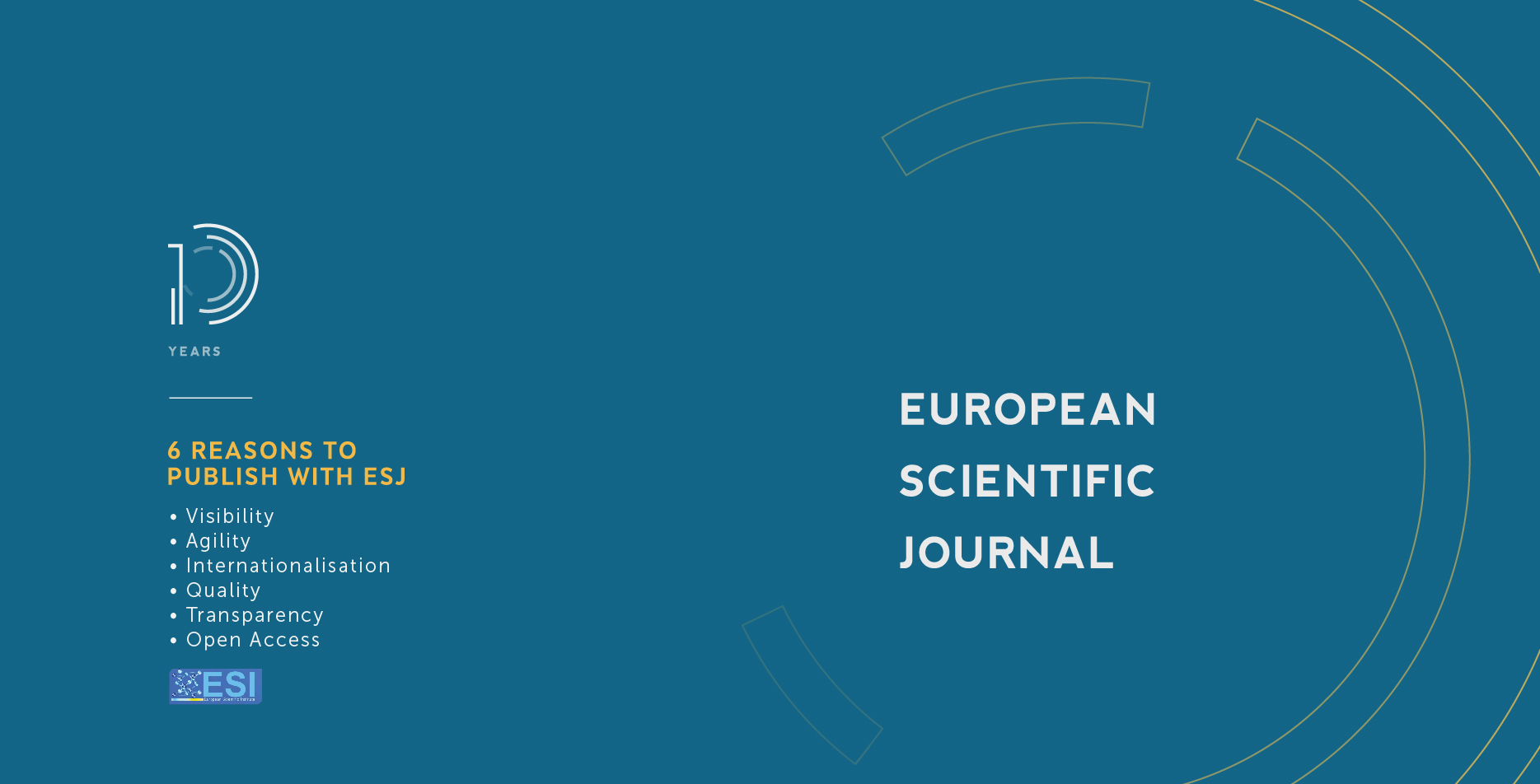Exchange-Traded Funds: What You Need to Know?
Abstract
Exchange-Traded Funds (ETFs) have become one of the most interesting and valuable innovations in the financial industry today. These funds are expected to remain growing at a pace more rapidly than mutual funds and hedge funds in the next couple of years. Educating a new and expanding investors has become a global imperative among ETF issuers. Sensible and engaged investors need to know what makes ETFs unique. The purpose of this article is to help asset owners and investors understand and use ETFs to build institutional-quality portfolios. Through literature search in books, journal articles and the internet, the current research article explored what ETFs are, the regulatory and legal environment, benefits, drawbacks, and criticisms levelled against them as investment vehicles. The results indicated that ETFs are passive and diversified investment instruments with lower management fees, tax efficiency, transparent and easily accessible. However, the strategic investment decision in ETFs are determined by investors’ objectives, risk aversion and time horizon of investment. Thus, this article is useful to CEOs, Board of Directors, Investment Managers, investors of all sizes, and prospectus investors to help them navigate the risks and rewards and decide whether these securities, now three decades old, make sense for their portfolios. The article is also useful for charterholders, graduate students in economics and finance and CFA candidates to fully absorb. Both practitioners and academics can use this article as a reference and guide.
Downloads
Metrics
PlumX Statistics
Copyright (c) 2020 Remy Nyukorong

This work is licensed under a Creative Commons Attribution-NonCommercial-NoDerivatives 4.0 International License.








